HOA Tree Removal Policies For The Neighborhood
Trees don’t just sit there looking pretty. They drop leaves, stretch out roots, lean over fences, and sometimes become the center of neighborly squabbles. In HOA communities, knowing who gets to cut down a tree and when it should be done isn’t always straightforward. That’s where HOA tree removal policies come in.
Who Owns What, and Why It Matters
Before discussing tree removal, it is essential to determine who owns the tree. In most communities, the dividing line is simple: trees on private lots belong to the homeowner; trees on common areas are the HOA’s responsibility.
But the moment a tree starts causing problems, such as blocking views, cracking sidewalks, or dropping limbs where they shouldn’t, ownership takes a backseat to impact. That’s when HOA tree removal policies get pulled off the shelf.
HOA-Controlled Trees: Shared Spaces, Shared Responsibility
If a tree stands in a park, along a trail, or near the entrance sign, chances are the HOA planted it or inherited it. The board is typically in charge of caring for it, trimming it, and deciding when it’s time for it to come down.
These decisions usually don’t happen on a whim. Boards must consider liability, safety, cost, and long-term planning. If a tree looks like it’s ready to fall over in the next storm, they have to act fast. But if it’s just growing a little too wide, that might call for pruning rather than removal.
Boards are often expected to document these decisions, especially if they’re using association funds or removing long-standing trees that residents are attached to. A little advance communication can go a long way.
Homeowner Trees Still Need Approval
Just because a tree is planted on private property doesn’t mean the owner can remove it at will. Many HOA tree removal policies require owners to get written permission before cutting down trees, particularly in front yards or other areas visible from the street.
That rule exists to preserve the character and appearance of the neighborhood. A row of well-placed trees adds a sense of maturity and structure to a community. Take one out, and suddenly the balance feels off.
Homeowners usually have to submit a request form, include a reason for removal, and in some cases, provide a report from a licensed arborist. Dead trees? Usually not a problem. Diseased? Still needs approval, but it’ll likely be granted. Just tired of raking the leaves? That probably won’t fly.
When Trees Cause Trouble for Others
Now let’s say the tree’s alive and well, but it’s doing damage to someone else’s property. Maybe the roots are messing with a neighbor’s driveway. Maybe the branches are hanging into their yard. Or perhaps it’s just a messy species that drops berries, sap, or leaves like confetti.
That’s where things get messy.
In most cases, the homeowner still owns the tree, but now there’s an obligation to prevent damage or nuisance. Many HOA tree removal policies include rules about encroaching branches, root intrusion, and blocked views. If the tree is causing a problem, the HOA can require the homeowner to take care of it, sometimes by trimming, sometimes by complete removal.
And if they don’t? The HOA might step in, fix the issue, and send the bill.
Tree Disputes in HOA Communities: How They Usually Go

- One neighbor wants a tree gone. The other doesn’t.
- A tree is right on the property line, and no one agrees who owns it.
- The HOA gets dragged in as the referee.
In most cases, the HOA’s governing documents give the board the authority to make the final call. But smart boards try to avoid power moves unless absolutely necessary. More often, they’ll request reports, bring in a tree expert, and try to reach a middle ground.
It’s also common for HOAs to have a dispute resolution process, which might involve a hearing or mediation. Going to court is a last resort, and nobody wins there.
Key Pieces You’ll Find in HOA Tree Removal Policies
No two HOAs have the exact same rulebook, but the policies often cover similar ground:
- Homeowners must request approval before removing or significantly trimming trees.
- The removal of healthy trees is usuallyn’t allowed without a good reason.
- Diseased or dangerous trees may be removed with proof from a certified arborist.
- Some communities require homeowners to plant a new tree if they remove an old one.
- Unauthorized tree removal can result in fines or the requirement to replant the tree.
There’s also usually a clause about emergency situations. For example, if a storm knocks a tree into a roof, you don’t need to wait for a signature to call the tree crew. However, most policies require you to report it immediately and provide documentation.
Tree Removal in HOA Community Areas
If the tree lives in a shared space, the HOA’s got to take the lead. That doesn’t mean decisions should happen in a vacuum. Boards should work closely with landscaping vendors, review maintenance budgets, and regularly check on the health of trees.
When a tree in a common area needs to be removed, especially if it’s a focal point of the neighborhood, it’s a good idea to let residents know ahead of time. That doesn’t mean a vote is required, but some heads-up can reduce complaints and misunderstandings later.
What About HOA Tree Pruning?

Common trees along sidewalks may need to be pruned every year to prevent interference with pedestrians or vehicles. Backyards? That’s usually up to the homeowner, unless the tree is starting to impact something outside their lot.
Pruning done wrong can make a tree look awful or even kill it. That’s why some communities require residents to hire licensed professionals or prohibit topping (cutting off the top of the tree to control growth). It’s worth checking before you bring out the saw.
Emergency Tree Work: When There’s No Time for Paperwork
There are always exceptions. If a tree is cracked down the middle and about to fall on someone’s house, homeowners should act fast. Most HOA tree removal policies make room for emergency work when there’s immediate danger.
That said, the HOA still expects a follow-up. Take photos, save the receipts, and notify the board afterward. If the tree was in a gray area, there might be a chance of partial reimbursement. However, only if the homeowner can demonstrate that it was necessary.
Don’t Let a Tree Be the Root of the Problem
Trees can make a neighborhood feel like home, but when they’re not managed properly, they can stir up all kinds of trouble. HOA tree removal policies exist to keep things transparent, fair, and in line with the community’s goals. So, before grabbing the clippers or calling the removal crew, take a minute to check the rules. It’ll save you time, money, and a few awkward conversations.
Looking for efficient solutions in managing your HOA community? Condo Manager offers a trusted and reliable community association management platform for self-managed associations and HOA management companies. Reach us online or call us today at (800) 626-1267 to learn more!
Related Articles:



 Detailed Scope of Work
Detailed Scope of Work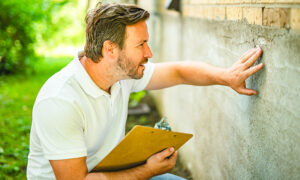 HOA Access and Oversight Rights
HOA Access and Oversight Rights 4. Interview Finalists
4. Interview Finalists
 Ensuring Quality Services
Ensuring Quality Services 3. Request Proposals
3. Request Proposals Bid Comparisons
Bid Comparisons Document Everything
Document Everything
 One of the biggest advantages of working with local vendors is their proximity. You can usually find them nearby. This lets them respond quickly to emergencies like plumbing leaks, electrical outages, or storm damage. This helps minimize downtime and inconvenience for residents. This accessibility makes them invaluable for time-sensitive issues.
One of the biggest advantages of working with local vendors is their proximity. You can usually find them nearby. This lets them respond quickly to emergencies like plumbing leaks, electrical outages, or storm damage. This helps minimize downtime and inconvenience for residents. This accessibility makes them invaluable for time-sensitive issues. Local vendors are more willing to provide customizable contracts. They are also less likely to impose penalties for early termination or changes in service scope, making them a more adaptable option.
Local vendors are more willing to provide customizable contracts. They are also less likely to impose penalties for early termination or changes in service scope, making them a more adaptable option.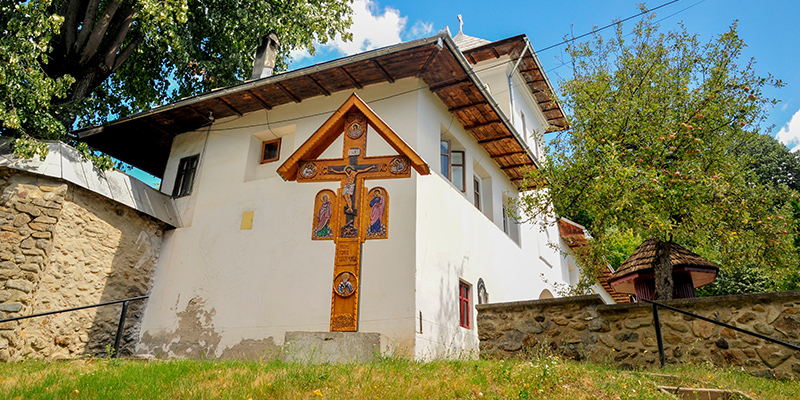

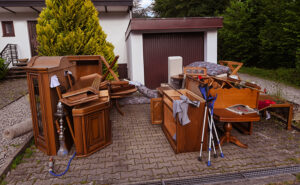 Bulk Waste Pickup
Bulk Waste Pickup How Does the HOA Handle Recycling?
How Does the HOA Handle Recycling?
 Homeowners associations shouldn’t just send an RFP detailing the project’s scope of work. They should also provide a clear objective for the project. After all, the deliverables and scope of work may change if the project’s overall goals and trajectory change.
Homeowners associations shouldn’t just send an RFP detailing the project’s scope of work. They should also provide a clear objective for the project. After all, the deliverables and scope of work may change if the project’s overall goals and trajectory change. HOA vendors need to know what the application process is like. In this section, tell the vendor where and when they must submit the proposal. It may also include any next steps they can expect from the HOA after receiving the bid.
HOA vendors need to know what the application process is like. In this section, tell the vendor where and when they must submit the proposal. It may also include any next steps they can expect from the HOA after receiving the bid.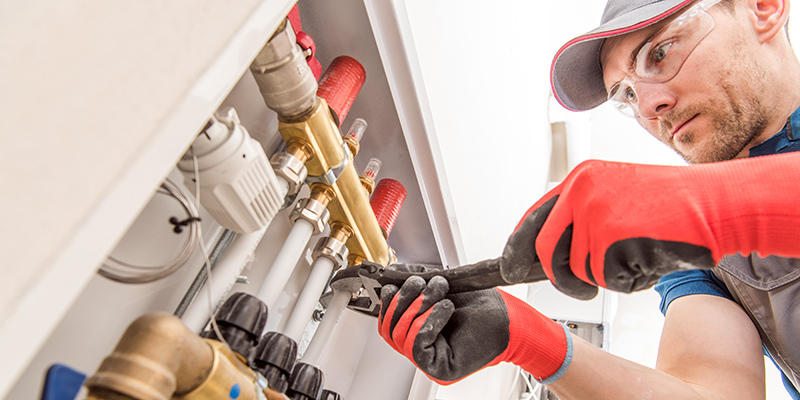
 Does the HOA cover plumbing? The HOA is likely responsible for repairing plumbing systems in the common areas. Moreover, the board should conduct periodic inspections and regular maintenance activities on the plumbing system.
Does the HOA cover plumbing? The HOA is likely responsible for repairing plumbing systems in the common areas. Moreover, the board should conduct periodic inspections and regular maintenance activities on the plumbing system. HOA plumbing issues can be tricky to navigate as most pipelines run through the entire community. It’s even harder when some pipes only serve a few residences and not others. Both homeowners and board members must review the governing documents to understand their scope of responsibility.
HOA plumbing issues can be tricky to navigate as most pipelines run through the entire community. It’s even harder when some pipes only serve a few residences and not others. Both homeowners and board members must review the governing documents to understand their scope of responsibility.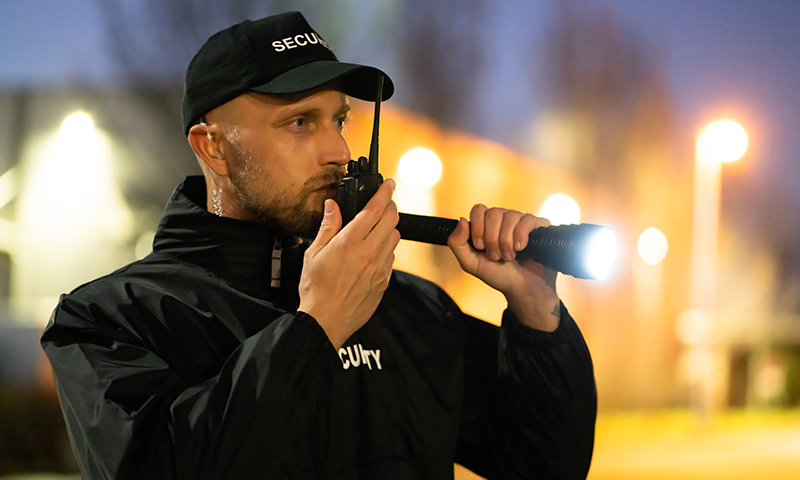
 Access Control. Security guards may guard entry points to ensure only those authorized can enter the community.
Access Control. Security guards may guard entry points to ensure only those authorized can enter the community.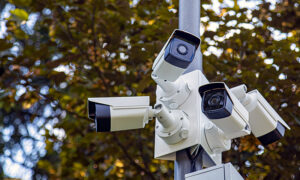 While an HOA security patrol is undoubtedly useful, it can also be costly. This is especially true for large communities with multiple entry points. However, just because a community cannot afford security guards does not mean they should give up on enhancing safety and security.
While an HOA security patrol is undoubtedly useful, it can also be costly. This is especially true for large communities with multiple entry points. However, just because a community cannot afford security guards does not mean they should give up on enhancing safety and security.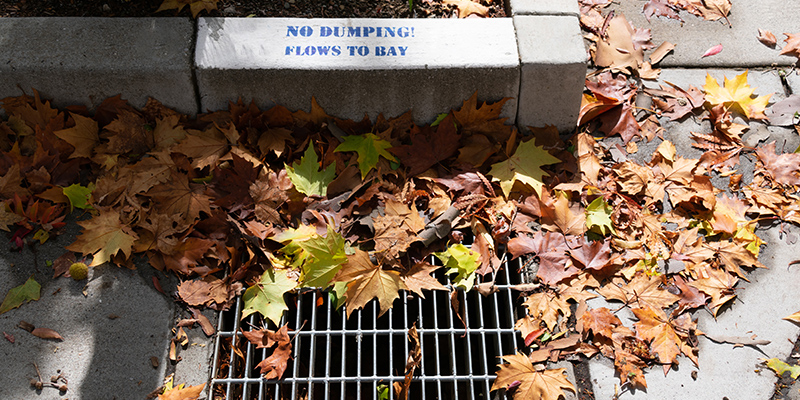
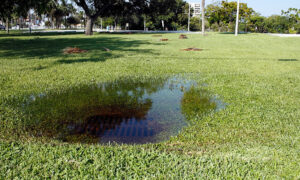 Poor drainage in HOA communities can result from something as simple as clogged drains. Remember to check the catch basins and storm drains in the HOA’s private roads. Make sure they’re unobstructed to keep the stormwater away.
Poor drainage in HOA communities can result from something as simple as clogged drains. Remember to check the catch basins and storm drains in the HOA’s private roads. Make sure they’re unobstructed to keep the stormwater away.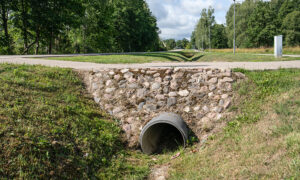 Some HOAs may have a stormwater management system that hasn’t worked well. This is often due to the lack of maintenance and regular inspections.
Some HOAs may have a stormwater management system that hasn’t worked well. This is often due to the lack of maintenance and regular inspections.
